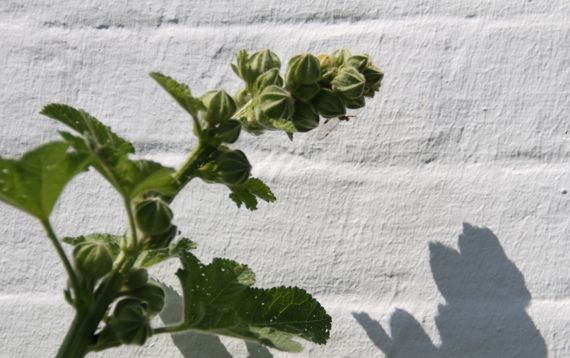Amphorae junque
Friday, 30 August 2013

Trying to figure out how urban/suburban Rome provisioned itself. Sure, the wheat/spelt came from Sicily (and elsewhere), and a lot of other foodstuffs (especially fruit/veg and tree crops) from villa-farms and small farms not terribly far from Rome, but what about building stone and millstones? Wooden building materials and firewood? How were mural painters and sculptors trained and supported? Shipbuilding? And…and?
I have such a mono-cropping template in my head I don’t think I do a good job of imagining the productivity of intercropped fields with grain growing beneath nut-trees, and vegetable mixes around country residences.
So many amphorae were shipped to Rome (with nothing to be shipped out in them), there’s a mountain of broken sherds, even today something like 36 m high. These were, as I understand it, sherds from the ones that contained olive oil. Others were used as fill elsewhere in the city, but apparently the oil-filled amphorae became rancid/stinky, so they were broken, dumped on a waste-pile that became a mountain, and sprinkled with lime to dampen the odor. (I imagine that the high-umami garum amphorae were also stinky—but maybe not to Romans.)
Today it’s called Monte Testaccio, Mount Potsherd. Okay, big pile of potsherds. After all, amphorae were thick-walled to be good shipping containers. So they made big sherds. And with nothing to be shipped out in them, once emptied, they were…garbage.
An overwhelming percentage of the amphorae were pot-bellied in shape, and made in a small area along the middle Guadalquivir Valley in southern Iberia.
Very complicated. Very interesting.